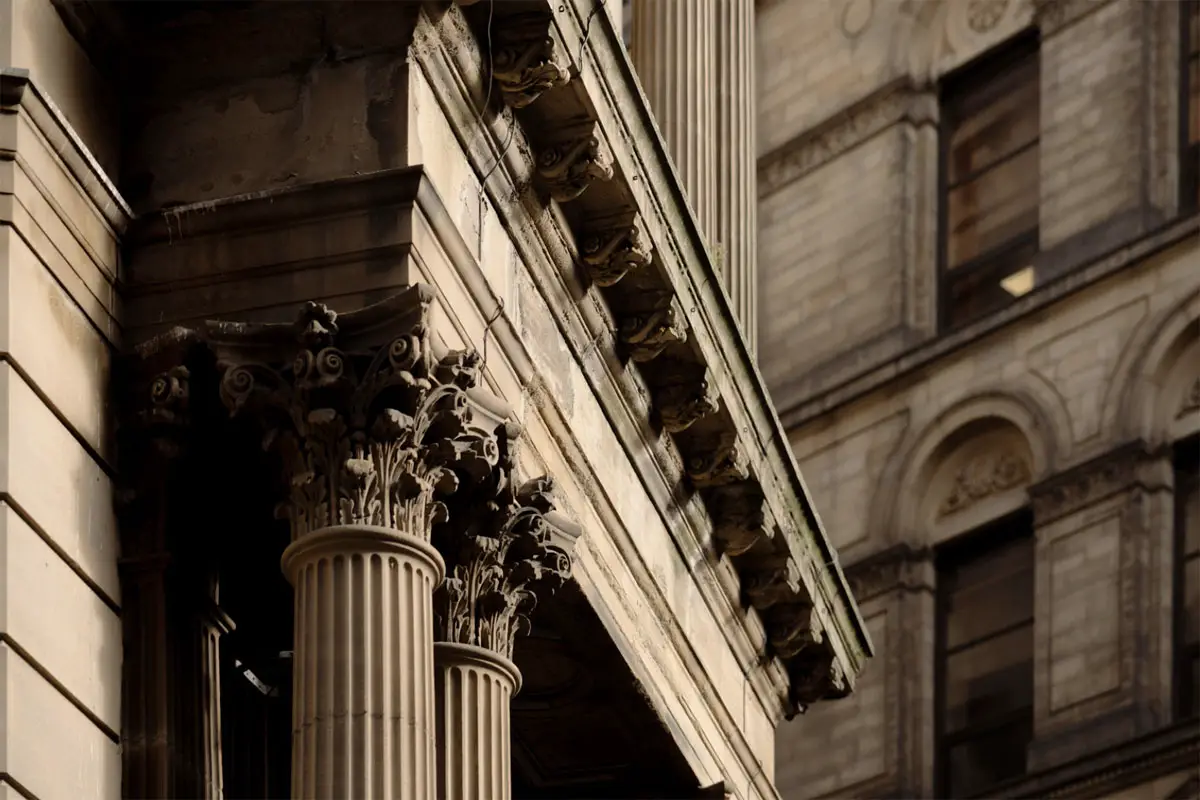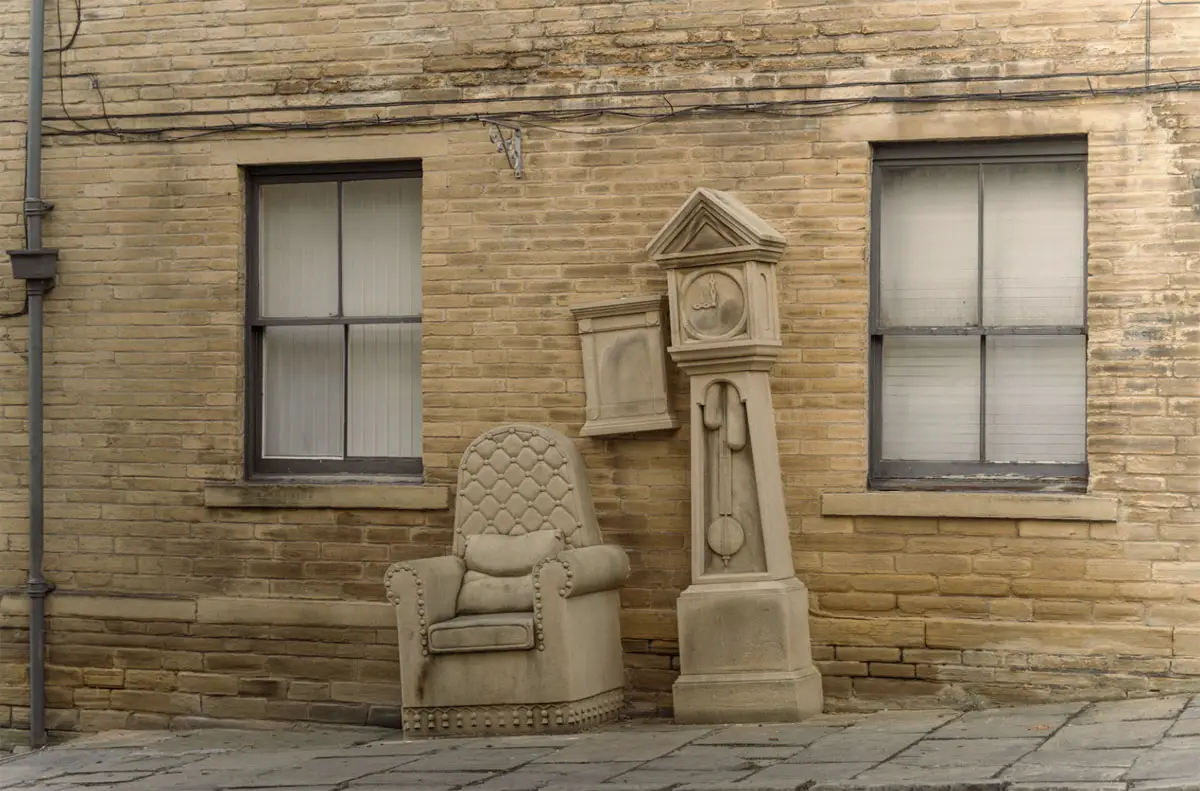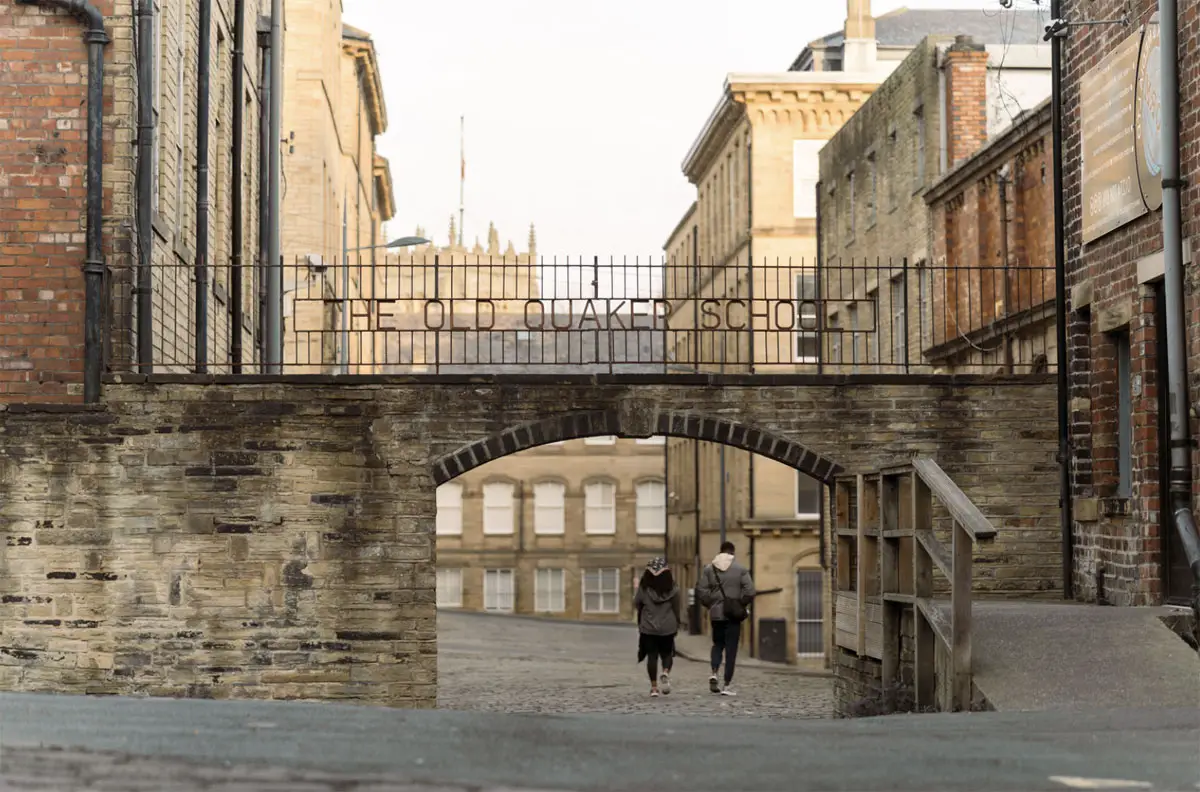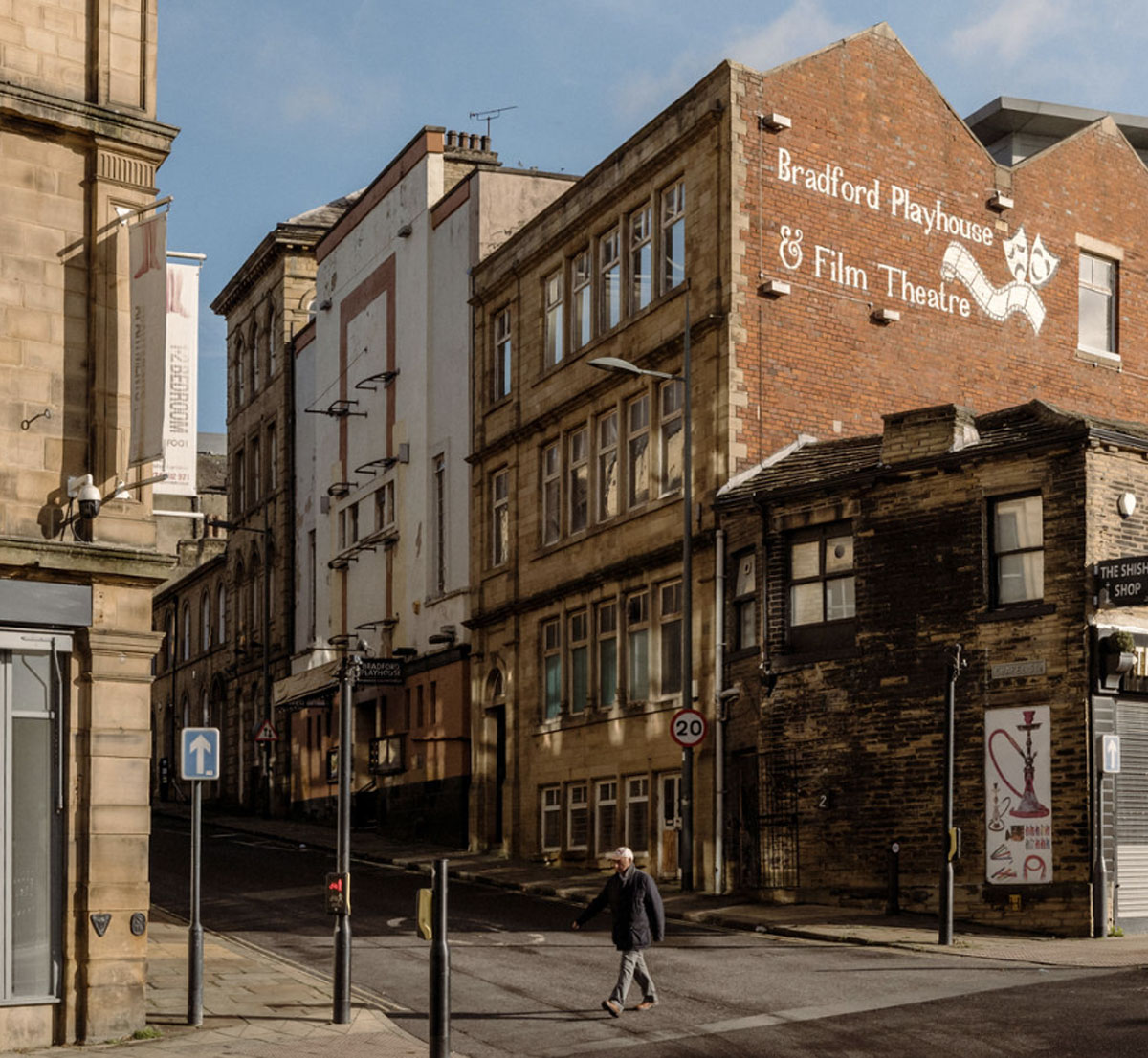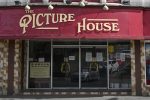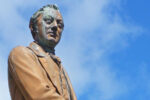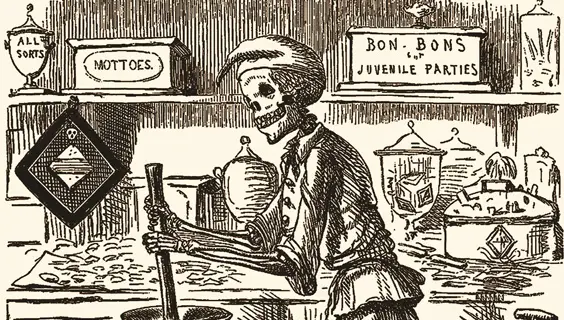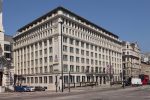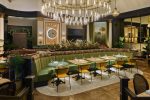A History of Bradford’s Little Germany

By Kamran Rashid, CEO of Impact Hub Bradford
Located in the heart of Bradford City Centre, the area of Little Germany has a fascinating past, despite many people not knowing the important role it has played in the city’s social and political history.
Packed into a small central location off one of the city’s main shopping streets, Little Germany is home to 55 Grade 2 listed buildings – making it one of the most remarkable heritage destinations in the UK and indeed Europe.
Beyond the stunning neoclassical architecture and hints of Victorian opulence, Little Germany has a fascinating social history. As the name suggests, its development is intrinsically linked to the migration of Germans and German-Jewish merchants to the city, many of whom would go on to do great things for the people and places of Bradford.
There is a narrative which connects the migrant communities which settled in the 1800s and the new migrant communities which live and work in the very same buildings today.
Historic famous faces
Little Germany is a place of intrigue and cultural delight, brimming with stories that allude to the making of the modern-day city. The area was once home to historic figures such as the early Mayor of Bradford, Jacob Moser. Moser was a prominent figure in the city’s historic Jewish community, having been the founder of the Society and Guild for Help as well as Bradford Technical School.
Not only did the early Mayor of Bradford also serve on the board of the infirmary from 1883, but his wife, Florence Moser, also made her own impact on the city. Often being referred to as a ‘childcare pioneer’, Florence was a key founder of the Bradford Royal Infirmary. However, she also set up the ‘The Nest’ – premises located just off Westgate, which supported working mothers by caring for their children during the day so they could go out to work. The centre remained open for 26 years.
There’s plenty of other famous faces associated with the area too, including the world-famous classical composer Frederick Delius, who was born in Bradford to German parents in 1862, and whose family had strong connections to the wool trade. His father who was a wool merchant who also had a warehouse in the Little Germany quarter, which can still be viewed over on Peckover Street today.
As seen on screen
An area that was once a showcase for the wool trade due to its many neighbouring mills has since also become a popular location for the backdrop of multiple productions on both big and small screens.
Fans of the popular BBC drama Peaky Blinders will be interested to learn that the fictional Shelby brothers’ headquarters was actually filmed in a warehouse on Cater Street – with architecture that hints of an historic era, that’s no surprise. It’s truly exciting to see that a once affluent area of the city has gone on to become the backdrop for such well admired films and TV programmes and it is hoped that the fortunes seen in times gone by can provide a blueprint for its future prosperity.
Sculptures and art in Little Germany
One of the most prominent sculptures in Little Germany is the hyper-realistic stone pairing of the Grandad’s Clock and Chair, which was created by artist Timothy Stutter in 1992. Located on Chapel Street, the historical landmark is known to be an interpretation of a mill owner’s office, with a comfortable chair, mirror and grandfather clock.
Also located on Chapel Street, there was once the world’s first sculpture made entirely out of painted nails. It was a tribute to one of Britain’s most influential artists, David Hockney, who was born in Bradford in 1937. Although it has now sadly been removed, the portrait of the artist was commissioned in 2018 to celebrate his 80th Birthday.
However, art is present in many areas of Little Germany, if you know where to look. Many buildings are adorned with ornate carvings and decorative features, which will delight the eye for those who know where to look.
A place for worship and reflection
For generations, the area has been home to several places of worship – including the former Eastbrook Methodist Chapel at the bottom of Chapel Street. The striking place of worship celebrates its bicentenary in 2025
Today, there is a thriving Gurdwara on Green Street, and the city’s historic Cathedral just on the edge of Little Germany off Church Bank. To the north is the former St Mary’s RC Church on East Parade, which is now the award-winning Regency Hall events venue.
Political links
Little Germany has strong links to the formation of the Independent Labour Party, a precursor to the modern Labour Party. A commemorative plaque marks the location on Peckover Street where the inaugural conference was hosted in 1893, and there’s a mural on the side of the Bradford Playhouse too, which sits on Chapel Street. The mural not only celebrates the district’s political heritage, but it serves as a reminder of Bradford’s role in advancing social and political change in the UK too.
Modern day
In a bid to help aid the area’s regeneration, a team of business leaders, representative groups, civic leaders and historians, led by Impact Hub Bradford, has set its sights on reigniting both public and business interest in the area. In collaboration with a host of individuals and enterprises, the team has been brought together through a passion for placemaking.
And, as part of Bradford’s City of Culture year, works to refurbish Bradford Playhouse have also been approved. The 266-seat proscenium arch theatre (which is also one of the few listed buildings in the area) has been at the heart of the city’s cultural scene for almost 100 years, is set to have much of its 1930’s design restored.
The charm and potential of Little Germany is already attracting local businesses and entrepreneurs to the area, with the Jinnah restaurant family, pioneers of the ubiquitous Bradford curry, having chosen to make Little Germany its home, welcoming a new generation of visitors.
Little Germany is a short walk from both the city’s central railways stations—Forster Square and Interchange. The area is well served by most through bus services, using stops on Well Street, Leeds Road, and Church Bank.
all images: Stevie Campbell Creative for Impact Hub Bradford
